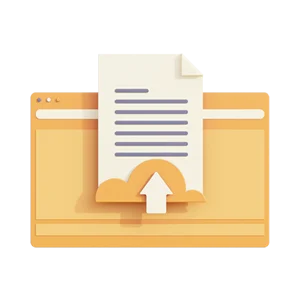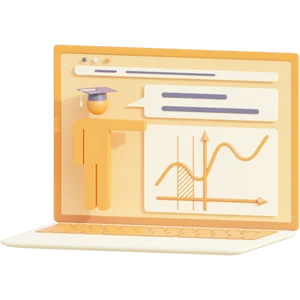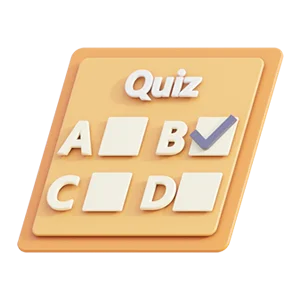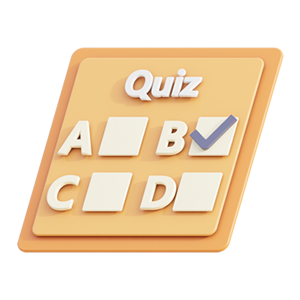ICT Service management (2021) - chapter 15, 16, 17 and 18 extensive notes
Extensive notes of chapter 15, 16, 17, and 18 combined in one document [D0I69A]. NOTE: This document is not a summary. It contains the information of the slides supplemented with extensive lecture notes. Notes may contain typos.
Preview document (3 van de 84 pagina's)
Voordelen van Knoowy
€ 2,99
 Niet tevreden? Geld terug
Niet tevreden? Geld terug
 Document direct te downloaden
Document direct te downloaden
 € 0,50 korting bij betalen met saldo
€ 0,50 korting bij betalen met saldo
-
 Ontvang gratis oefenvragen bij document
Ontvang gratis oefenvragen bij document

Specificaties
- School: KU Leuven
- Opleiding: Informatiemanagement
- Vaknaam: ICT Service Management
- Alle documenten voor dit vak ›
- Vakcode: D0I69A
- Studiejaar: 2021
Boek
- Naam boek: The IT Management Essentials
Document
- Rubriek: Aantekeningen
- Bijgewerkt op: 25-03-2021
- Gemaakt op: 25-03-2021
- Type: .pdf
- Pagina's: 84
- Taal: English
Tags
Verkoper
Beschikbaar in bundel
Vakken van Informatiemanagement - KU Leuven
Meer Informatiemanagement ›business information systems ict service management knowledge management & business intelligence
Al meer dan 146.000 tevreden studenten
-
MathieuHaldermans
Bespaart héél veel opzoekwerk en stress ook zeer overzichtelijk en gebruiksvriendelijk.
-
Erik Wemmers
Online kun je studenten helpen met notities en samenvattingen terwijl je niet meer echt naar je samenvatting hoeft om te kijken. Het past goed bij je studie en je kunt tegelijk wat bijverdienen!
-
JadeVanBignoot
Knoowy is zeker aan te raden. Het is goedkoper dan andere platforms.
-
RaniaF
Betrouwbaar platform om kwaliteitsvolle samenvattingen te vinden en een aangename en gemakkelijke website om te gebruiken
-
Anneke
Soms koop ik meerdere samenvattingen over 1 boek. Dit helpt mij als ik onvoldoende tijd heb om het hele boek te lezen en zelf geen samenvatting kan maken.
-
JadeVanBignoot
Knoowy is zeker aan te raden. Goedkoop en je krijgt meteen je document!
-
pancha43
Knoowy is zeker een fijn platform waar studenten goede samenvattingen kunnen vinden die ondersteunend werken voor het examen.
-
FranCeulemans
Handige bron om samenvattingen te vinden, vorige beoordelingen helpen hier zeker bij!
 Actie: ontvang 10% korting bij aankoop van 3 of meer items!
Actie: ontvang 10% korting bij aankoop van 3 of meer items!
Actie: ontvang 10% korting bij aankoop van 3 of meer items!







